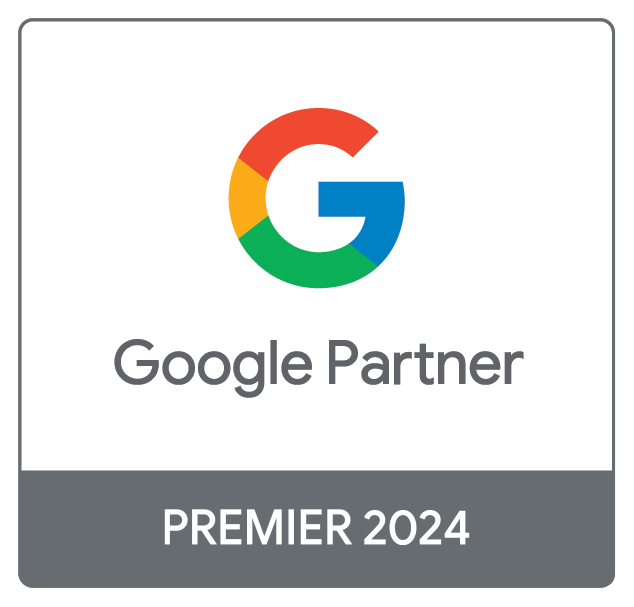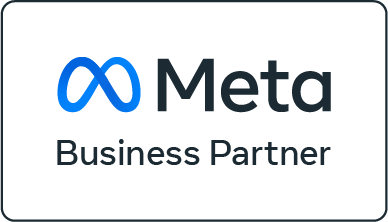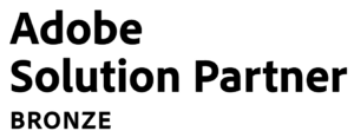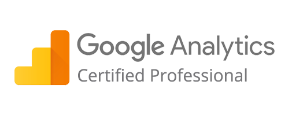The average B2B marketing budget may vary depending on factors such as company size, industry, target market, goals, and overall revenue. According to the B2B Marketing Benchmark by LinkedIn and Ipsos research; despite the economic crisis and changes in the market, the spending for marketing at B2B businesses grew last year. The majority of CMOs expect that the budget will be increased again next year.
7 out of 10 B2B leaders focus their budget on generating new business. The technology sector (85%) is more likely to allocate budget to generating new business than agencies (72%), financial services (70%), professional services (68%), health (67%), or education (59%).
In this post, we’ll look at a digital marketing budget for B2B companies and which channels are most used.
What Percentage of the B2B Marketing Budget Should Be allocated to Digital?
B2B organisations continue to spend a big portion of their budget on face-to-face events, but more and more recognise that it’s difficult to reach the relevant audience without digital support. Due to its effectiveness, targeting capabilities, and measurable results, digital marketing has become increasingly important in B2B marketing efforts in recent years.
B2B organisations are investing a large amount of their marketing budgets to digital channels, according to various reports and studies. Depending on the industry, the size of the company and other factors, the percentage that might be dedicated to digital marketing can range from 30% to 50%.
B2B Companies’ Ideal Digital Budget Breakdown

There is no one-size-fits-all method for budgeting for digital marketing in B2B companies because it depends on a variety of factors such as industry, target audience, business goals, and available resources. The below however can be used as a guidance for the “ideal digital budget for B2B companies”. Please note that this guidance will not include digital marketing activities such as website development, its maintenance or analytics tools.
SEO (Search Engine Optimisation) (10-15% of budget). Consider your website’s SEO for a long-term B2B marketing strategy. Even though this activity is free, you will still need a budget for SEO managers and content editors to generate articles, do on-page optimisation, look after the technical SEO, link building, and so on.
PPC (Pay-Per-Click Advertising) (20-30% of the budget). Allocate a part of the budget for search advertising, such as Google Ads or Bing and to appear, when your target demographics utilises them.
Google Display (15-20% of the budget). If you want to increase awareness, one of the best ways to reach out to your target audience is through Google Display, which allows you to experiment with different audiences and locations.
Social Media Marketing (20-30% of the budget). It’s difficult to imagine today’s world without social media, and even B2B organisations can use it to achieve goals like increasing product awareness, promoting webinars, and sharing valuable data. Platforms such as LinkedIn, Twitter, YouTube, Meta (Facebook and Instagram), and TikTok can help you reach your target audience and achieve those goals.
Email (5-10% of the budget). Don’t forget email marketing. It’s a great channel to keep in mind when building a marketing strategy, but it’s critical to build a base of contacts first.
Let’s dive into specific platforms.
How Much Should You Spend on LinkedIn Ads?
What is the recommended budget for the LinkedIn Ads campaign? The minimum LinkedIn ad spend is $100 (for a lifetime budget) or $10 (for a daily budget).
B2B marketing leaders are planning to spend 36% of the LinkedIn budget on lead generation, 30% on brand building & awareness, 20% on demand generation and 15% on account-based marketing.
Please see here an example of the budget split between various ad formats on LinkedIn platform:
Awareness stage
Image: 30-40% of LinkedIn budget;
Video: 20-30% of LinkedIn budget;
Carousel: 10-15% of LinkedIn budget;
Consideration stage
Document ads: 20-25% of budget;
Message ads: 15-20% of budget;
Conversion stage (lead generation)
Image: 20-30% of budget;
Video: 15-20% of budget;
Document ad: 10-15% of budget.
Budget Recommendation for Google Ads for B2B
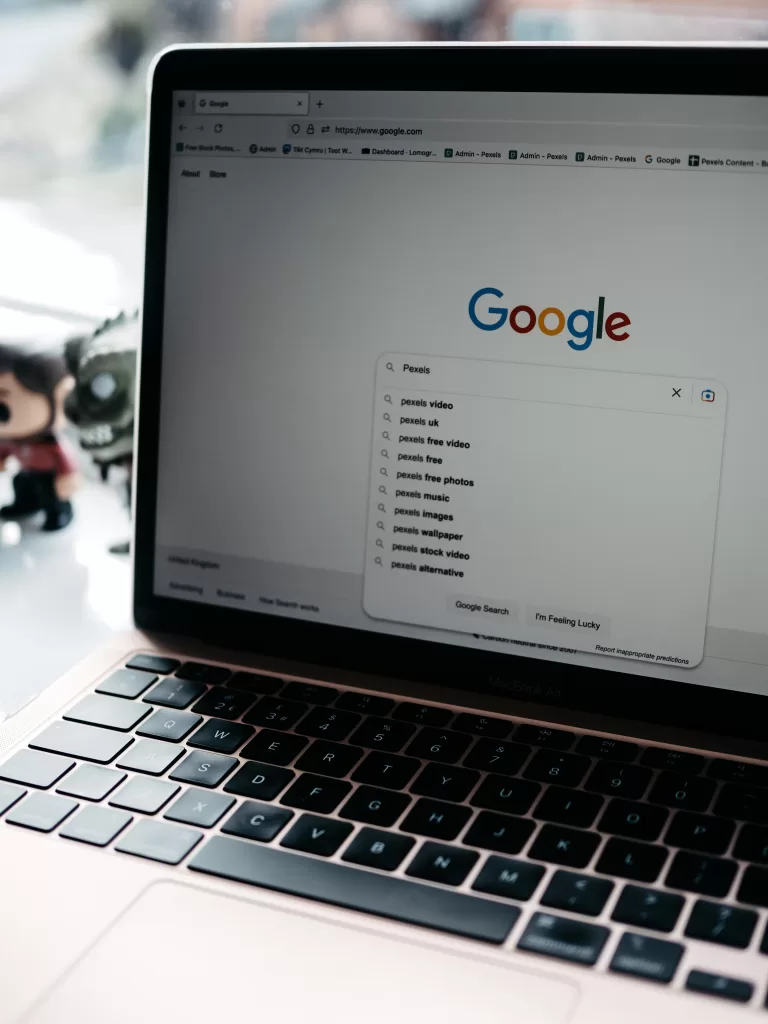
When you start planning your Google Ads campaign, keep the following things in mind, as they will influence your ultimate budget:
- Conduct keyword research – Ensure that you identify the most relevant keywords and that they are not too broad as the keywords you choose, will influence the budget and cost-per-click.
- Research competition – It is critical to conduct competitor analysis and determine the number of advertisers in your industry. You can use tools such as Ahrefs and SemRush to identify keywords they are using and how much you will need to pay for a click.
- Set targeting – The size of the audience and competition will depend on the geographic location you are targeting and the languages that you choose.
You can set up a budget on Google Ads per day and choose any amount, but you should allocate your money depending on the above. We do not recommend a budget lower than $5/day because you will have no room for optimisation nor testing and cause your campaign to reach a limited audience.
We believe that a monthly budget of $300 for Google Ads is a good starting point.
Budget Recommendation for Google Display for B2B
Several factors will influence the final amount when allocating the budget for the Google Display campaign:
- Targeting: location, language, chosen targeting (demographics, placements, keywords, topics), landing page, etc.
- Competition: how many advertisers target your audience
- Goal: what is the ultimate goal you want to achieve
You can set up a budget on Google Display per day and choose any amount, but you should allocate your money depending on the above. There is no minimum budget for Google Display, however we would recommend to start with $5/day as a minimum.
How Much Does a B2B YouTube Ad Campaign Cost?
The budget for a YouTube campaign can vary greatly depending on numerous factors, including:
- Targeting: location, language, chosen targeting. All of it impact audience size and, as a result, cost;
- Ad type: bumper, skippable ad, or non-skippable ad;
- Duration: how long you want the campaign to run;
- Seasonality: if it has an impact on your business;
- Competition: number of competitors who will be targeting the same/similar audience as you
As with other Google products, there is no minimum budget you can allocate to YouTube campaigns. We would recommend a budget of $15 per day ($450 per month) as a starting point.
Budget Recommendation for Facebook
Meta Ads Manager allows you to manage Facebook and Instagram advertisements together. However, if you want to launch a campaign only on Facebook, here is a simple guide.
Equally to other channels, the budget for Facebook will vary depending on targeting and company goals. According to the Meta Business Help Centre, there are numerous budgeting tips based on your goals such as:
- Consider the size of the audience you wish to target
- Consider the campaign objective and distribute the budget accordingly. For example, if you want to increase traffic to your landing page, it may cost less than setting up a purchase goal
Keep in mind the minimum budget, which will vary depending on the campaign objective as well what you will be charged for:- If you are charge by impressions, the minimum budget should be at least $1 or equivalent in other currencies;
- If your bid strategy is cost per result, your daily budget should be at least five times that amount. For example, if you set a goal of $10 per result, your daily budget should be at least $50.
The Facebook budget will vary based on the size of the audience, the goal, but also other factors including seasonality or competition. The average cost per click on Facebook is lower than on Instagram, which you should take into consideration when allocating the budget per channel.
Budget Recommendation for Instagram
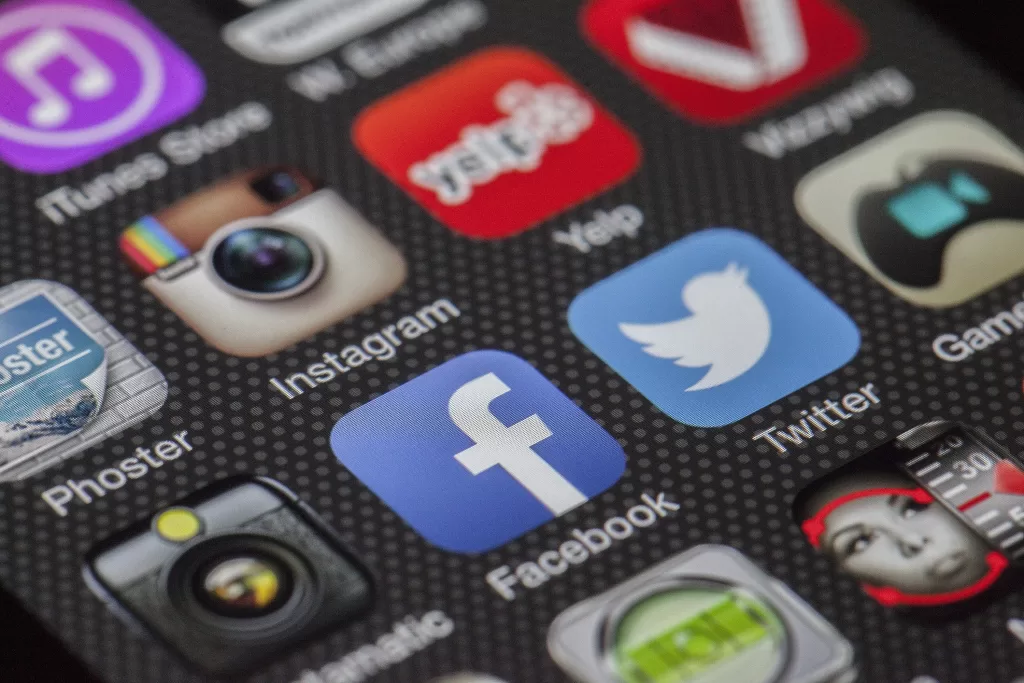
To determine the budget for the Instagram campaign, apply the same rules as you would for a Facebook campaign. Instagram cost benchmarks are usually slightly higher than Facebook, and B2B marketers can achieve lesser outcomes for the same budget.
If you want to split your budget between Facebook and Instagram, we recommend 60%/40%. However, there is no perfect formula as there are numerous factors to take into account.
How Much Should I Spend on Twitter?
There is no minimum spend within Twitter Business accounts. The budget is based on daily spending, and you can choose how much you wish to spend.
Consider the following factors while determining your campaign’s feasible minimum budget:
- Targeting: location, language, targeting (keywords, interests, look-alike followers), etc. Any of these factors has an impact on the size of the audience and, as a result, the final budget.
- Competition: number of competitors who will be targeting the same/similar audience as you
For Twitter platform, we would recommend to assign a budget of $8-$10 per day.
Benchmarks for Healthcare Digital Marketing
Digital marketing benchmarks might differ depending on the industry as well as target audience, location, competition or objective. Let’s take a look at some data relating to the healthcare industry.
PPC (Google Search):
CTR (Click-Through Rate): 2-5%, but it varies depending on location and chosen keywords
CPC (Click per Cost): $2, but could be higher based on the chosen keywords and competition
LinkedIn:
CTR (Click-Through Rate):
- Single Image ad – 0.53%
- Video Ad – 0.44%
- Document Ad – 0.55%
- Carousel Ad – 0.35%
CPC (Click per Cost):
- Single Image ad – $3.35
- Video Ad – $8.00
- Document Ad – $4.50
- Carousel Ad – $5.20
CPL (Cost per Lead):
- Single Image ad – $72
- Video Ad – $110
- Document Ad – $78
- Carousel Ad – $135
Facebook and Instagram:
CTR (Click-Through Rate): 3-5% for Facebook and 1-3% for Instagram but can vary depending on the chosen targeting
CPC (Click per Cost): $2, but could be higher based on the chosen targeting and competition
Twitter:
CTR (Click-Through Rate): normally less than 1%
CPC (Click per Cost): $2, but could be higher based on the chosen targeting and competition
Website Metrics:
Bounce rate: between 50 and 70%
Average Session Duration: aim for up to 3 minutes
Finally, keep in mind that any benchmark might vary greatly based on the market and location. Always keep an eye on your performance and alter your plan as needed to achieve the best results for your business.
If you are struggling with the strategy and setting the right budget for your business, delegate it to professionals who specialise in your industry. If you work in healthcare or tech, we would be delighted to share our knowledge.


